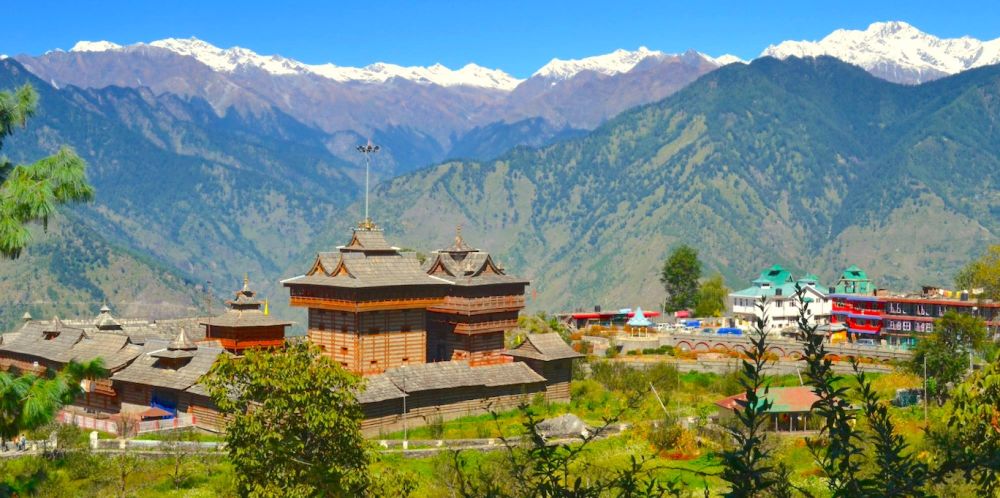

Nestled in the picturesque landscape of the Kinnaur district in Himachal Pradesh, India, the small town of Sarahan is a serene retreat that has captivated travelers for ages. Known for its lush orchards, ancient temples, and incredible panoramic views, Sarahan's history in the tourism sector is as rich as its cultural heritage.
The origins of Sarahan’s tourism can be traced back to the times when it was a small village, primarily recognized for the Bhimakali Temple complex, a revered site in Hindu mythology said to be over 800 years old. For centuries, the temple has drawn pilgrims from across the nation, seeking the blessings of their deity, Bhimakali, an incarnation of the goddess Kali. As a result, the thread of spirituality wove the first strand of Sarahan's tourism fabric.
With the advent of British rule in India, the idyllic charm of Sarahan began to be noticed by British officials and adventurers. Sarahan became a part of the Bushahr kingdom's summer capital, and this exposure brought in a slew of British influences such as orchard farming and colonial style architecture. Initially a stopover for those journeying deeper into the Himalayas, Sarahan gradually evolved into a destination for escape and relaxation, marking the beginning of leisure tourism in this hidden gem.
Post-independence, with the Indian government's initiatives to promote tourism, Sarahan began to develop facilities that catered to a broader audience. These efforts included the establishment of rest-houses, local craft emporiums, and the improvement of transportation links, making it more accessible to domestic and international tourists alike.
Today, Sarahan is a blend of historical reverence and nature’s abundance, drawing an eclectic mix of spirituality seekers, nature lovers, and adventure enthusiasts. Recent tourism trends point towards an increase in eco-tourism, with travelers looking for sustainable options that allow them to immerse in the tranquil beauty of Sarahan without impacting its pristine environment.
Maintaining a balance between preserving its rich cultural legacy and embracing modern comforts, Sarahan has managed to capture the hearts of travelers while upholding its traditional ethos. The emphasis today is on homestays, small-scale hospitality that encourages cultural exchanges, and activities like bird watching, trekking, and exploring local folklore that add to the sustainable charm of Sarahan's tourism narrative.
As tourism continues to grow, Sarahan's challenge remains safeguarding its natural beauty and cultural integrity. It stands as an epitome of the potential that small, serene destinations have to offer in the vast canvas of travel experiences globally. The narrative of its tourism history is a testament to the power of an area's natural and cultural identity in attracting and enthralling visitors from around the world.
For those seeking a unique travel experience that combines spirituality, serenity, and the untouched allure of the Himalayas, Sarahan awaits with open arms, ready to offer a slice of its timeless charm.